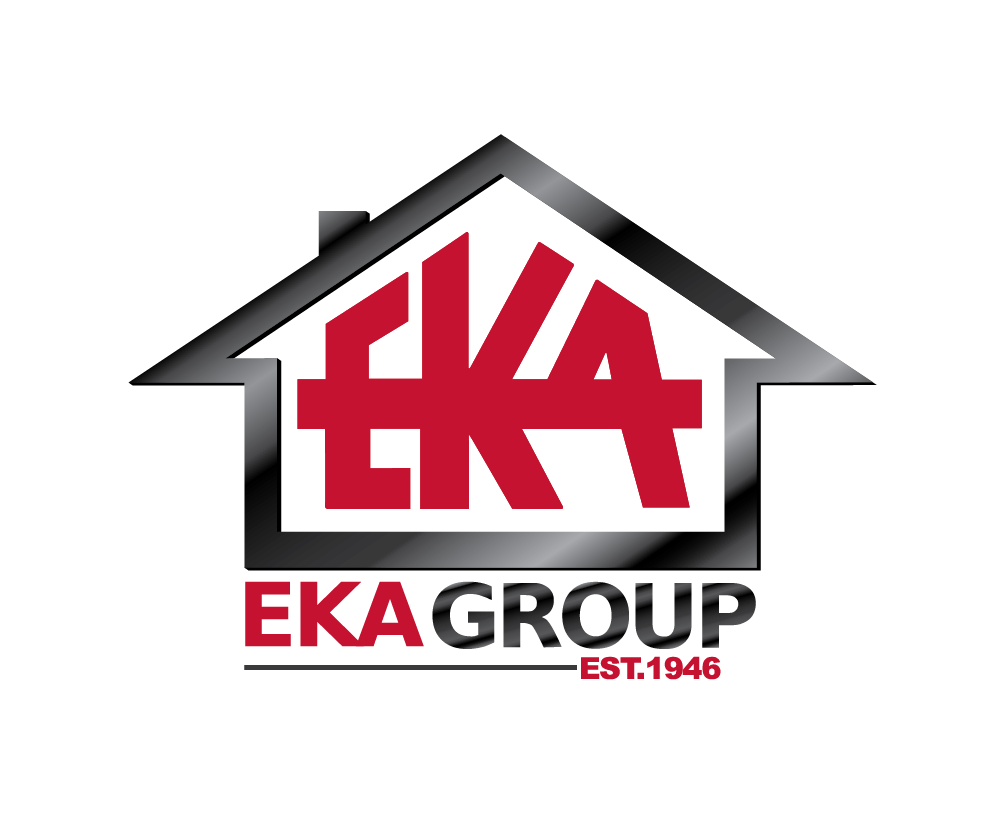
How to Choose the Best Electricity Soup Warmer for Your Restaurant Needs
When it comes to enhancing the dining experience at your restaurant, the temperature of your food plays a crucial role, especially for soups that require precision and consistency. An Electricity Soup Warmer is an essential kitchen appliance that can help you achieve the perfect serving temperature for soups, broths, and other liquid dishes. In this blog, we will explore the various types of Electricity Soup Warmers available in the market, highlighting their features, benefits, and factors to consider when selecting the right one to meet your restaurant's specific needs.
Whether you're a small café or a large dining establishment, the right soup warmer can streamline your service and delight your customers with delicious meals served at the ideal temperature. Let's dive into the key considerations that will guide you in making an informed decision about the best Electricity Soup Warmer for your restaurant.
The Importance of Choosing the Right Electricity Soup Warmer for Your Restaurant
Choosing the right electric soup warmer is crucial for any restaurant aiming to maintain the quality and temperature of its soups. An appropriate soup warmer not only preserves taste and texture but also enhances the overall dining experience for customers. When soup is kept at the perfect temperature, it can significantly impact customer satisfaction and repeat business.
Tips for selecting the ideal electric soup warmer include considering the capacity that matches the volume of soup you serve. If your restaurant has a high soup turnover, opt for a larger model that can accommodate more portions without the need for frequent refills. Additionally, look for features like adjustable temperature settings to ensure that the soup remains at the desired warmth throughout service.
Another important aspect is the design and build of the soup warmer. A well-constructed unit can contribute to both efficiency and aesthetics in your kitchen. Stainless steel options offer durability and ease of cleaning. Always evaluate your space before purchase; a compact model might be necessary for smaller kitchens, while larger venues might benefit from multiple units to ensure a variety of soups are served hot and fresh.
Key Features to Consider When Selecting an Electricity Soup Warmer
When choosing the best electric soup warmer for your restaurant needs, several key features should be at the forefront of your decision-making process. First and foremost, consider the capacity of the soup warmer. Depending on the size of your restaurant and the volume of soup you serve, you'll need to select a model that can accommodate your requirements. Smaller units may suffice for a cafe, while larger establishments may require industrial-sized warmers to keep up with demand.
Another important feature to examine is the temperature control options. A versatile soup warmer should offer a range of heat settings, allowing you to maintain the perfect serving temperature for a variety of soups. Additionally, look for models with efficient insulation to minimize heat loss and energy consumption. Portability is also crucial; consider whether you need a warmer with wheels for easy relocation or a countertop model that fits into your existing kitchen layout seamlessly. By focusing on these essential features, you can choose the ideal electric soup warmer that enhances your restaurant's efficiency and service quality.
Essential Features of Electricity Soup Warmers
Comparing Different Types of Electricity Soup Warmers Available
When selecting an electric soup warmer for your restaurant, understanding the different types available is crucial to meet your operational needs. Electric soup warmers typically fall into two main categories: countertop models, designed for smaller establishments, and larger, more robust freestanding units suitable for high-volume service. According to the Food Service Equipment & Supplies magazine, countertop warmers can accommodate 6 to 12-quart batches, providing flexibility for daily specials or limited-time offerings, while larger units can hold up to 20 quarts or more, streamlining service during peak hours.
Another consideration is the technology integrated into these warmers. Some models utilize a water bath system, which offers gentle and even heating, essential for maintaining soup quality without overcooking. In contrast, dry heat models may heat up faster but come with a higher risk of scorching delicate soups. Industry analysis by the National Restaurant Association suggests that restaurants prioritizing energy efficiency and operational cost will increasingly favor units equipped with smart technology, allowing for temperature control and monitoring, which can lead to a 30% reduction in energy consumption. Choosing the right type and technology will not only enhance your restaurant's efficiency but also improve customer satisfaction through consistent food quality.
How to Choose the Best Electricity Soup Warmer for Your Restaurant Needs
| Type of Soup Warmer | Capacity (Liters) | Heating Method | Temperature Range (°C) | Energy Consumption (kW) | Portability |
|---|---|---|---|---|---|
| Countertop Soup Warmer | 10 | Electric | 60 - 80 | 1.5 | Yes |
| Floor Model Soup Warmer | 20 | Electric | 60 - 90 | 2.5 | No |
| Self-Service Soup Warmer | 15 | Electric | 70 - 85 | 1.8 | Yes |
| Induction Soup Warmer | 8 | Induction | 60 - 90 | 1.2 | Yes |
Budgeting for Your Restaurant's Ideal Electricity Soup Warmer
When considering the budget for an ideal electric soup warmer for your restaurant, it’s essential to understand both your financial limits and the potential return on investment. According to industry reports, the average cost of commercial soup warmers can range from $100 to $1,000, depending on capacity and features. Investing in a high-quality warmer can significantly enhance food service efficiency, particularly during peak hours, where productivity is crucial.
Tips: Choose a soup warmer with good insulation and an energy-efficient heating system to save on electricity costs. Models with adjustable temperature controls can help maintain food safety while reducing energy consumption—a critical factor given that approximately 30% of food service establishments report significant energy costs annually.
Moreover, don’t forget to factor in maintenance costs. According to a survey by the National Restaurant Association, 75% of restaurant operators indicated that equipment maintenance is a major budget concern. Opting for durable, reliable brands can reduce these ongoing expenses, allowing you to allocate budget resources more effectively.
Maintenance Tips to Maximize the Lifespan of Your Soup Warmer
Maintaining an electric soup warmer is essential for ensuring its longevity and efficient performance in a restaurant setting. Regular cleaning is crucial; make it a habit to wipe down the surfaces daily, paying special attention to any spills or residue that could cause wear over time. Using mild detergents and soft cloths can help prevent scratches and keep the warmer looking new. Additionally, ensure that the inner pot is removed and cleaned thoroughly after each use. This prevents food buildup that could affect the heating efficiency and overall hygiene.
Another key tip is to check the electrical components periodically. Ensure that cords are intact and that connection points are free of dust. Any signs of fraying or wear should be addressed immediately to avoid safety hazards. While enjoying dishes like a hearty minestrone soup can contribute to health and longevity, so too can the care you provide for your kitchen equipment. By following these maintenance tips, you can maximize the lifespan of your soup warmer, allowing it to serve delicious soups day in and day out with optimal performance.

